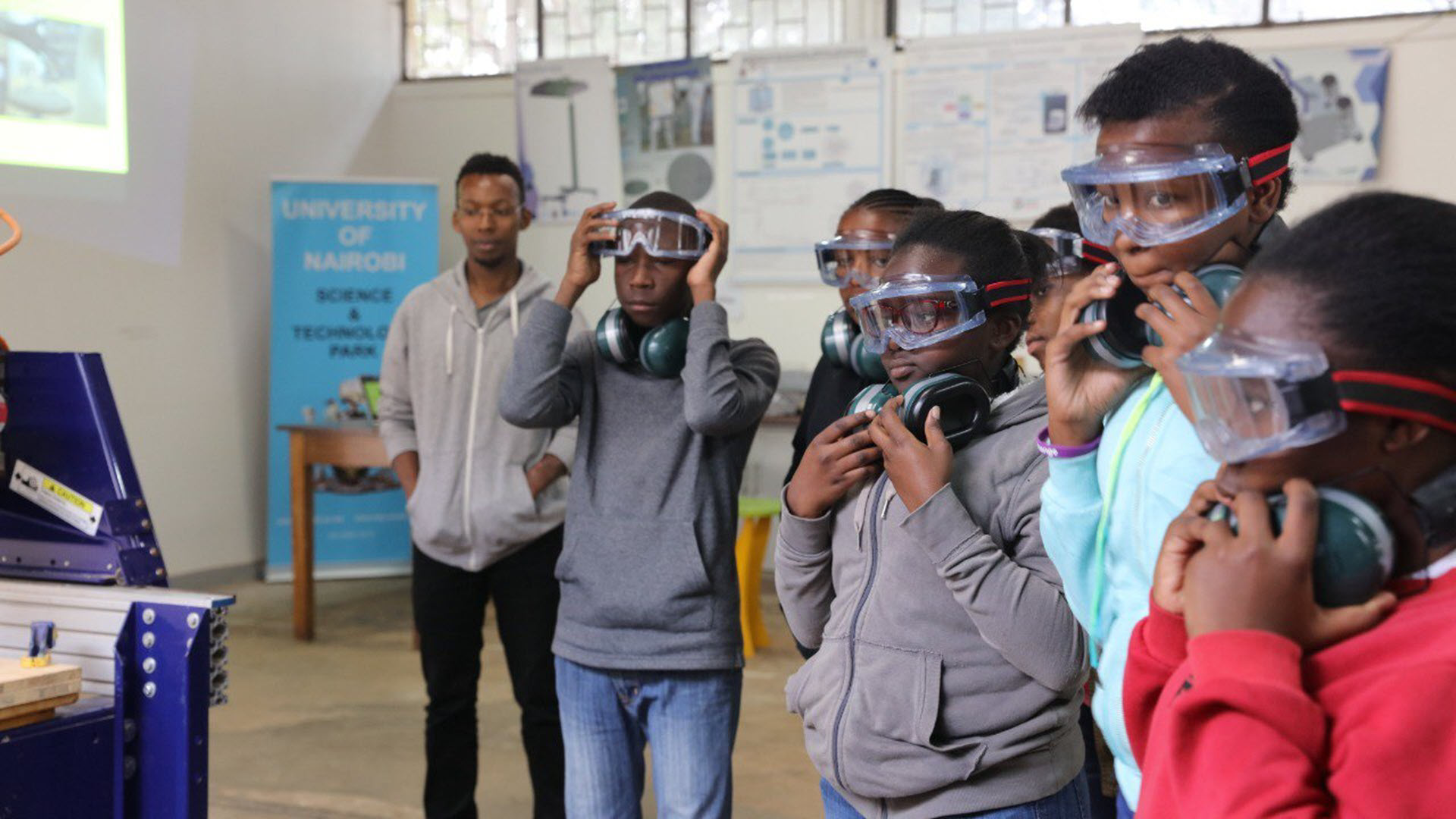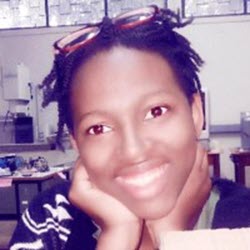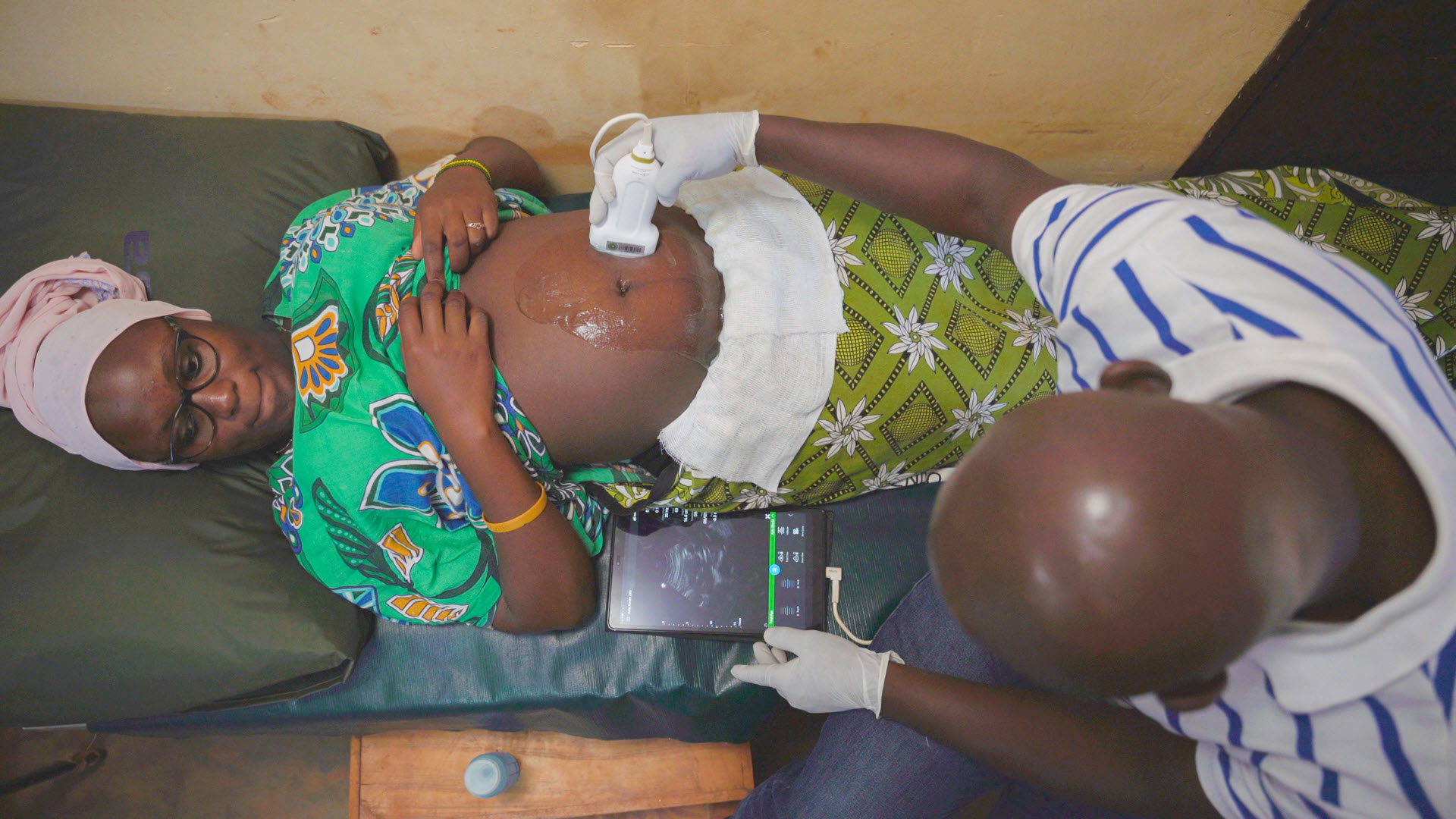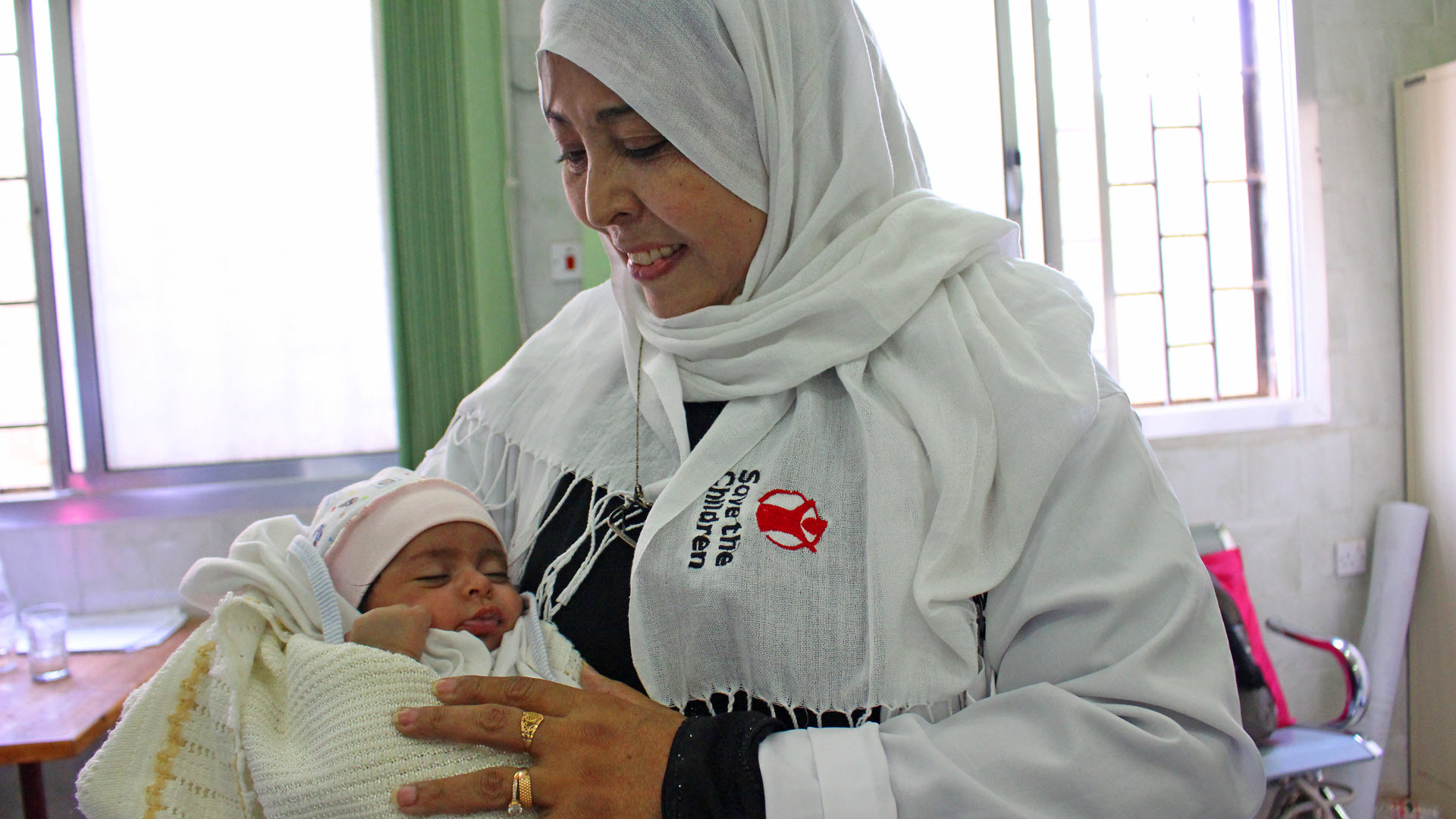I think the most interesting part for me was thinking about the user-journey so you get a product or service that really addresses the user’s needs. Users don’t always notice that some parts of that journey are harder than they should be, so you need to design your product or service to make those parts easier. For example, you get to realize, ‘Oh, if this person uses a bicycle then probably they need a bag to put all the equipment in.’ So instead of just giving them equipment, you provide them with equipment in a bag. For me, that was the most interesting part.”
Looking back at the whole experience, what did you think of it?
“I think what my journey in Maker Space made me realize was that I needed new skills to be able to really make an impact. I didn’t know how to do certain things, and Maker Space presented me with an opportunity to learn how to do them.
Even though I had good academic grades, you still need to translate that knowledge into something you can use to build something. In High School, I had a chemistry teacher who was very passionate about the fact that ‘chemistry could make.’ But when I got to university there was a lot of theory. I wanted to apply that knowledge, but there never seemed to be a spark. When I went to Maker Space it felt as if the spark was there. It certainly opened my mind to more career options than I would probably have considered if I had not gone. I would probably have just looked at the manufacturing industry, but now I see so many more avenues open to me.
I think in my heart, whatever I do, it will need to have a social aspect – making sure that people get the help they need or I get to positively impact a real person. So whatever that looks like, I am going to explore it.”
---
The interview with Christine Otieno is part of a series in which several ecosystem players share their experiences about the Maker Project: A 4-year long project fostered by Philips Foundation and UNICEF to yield locally enabled innovation in Kenya’s mother and child care. Click here for the related press release.









